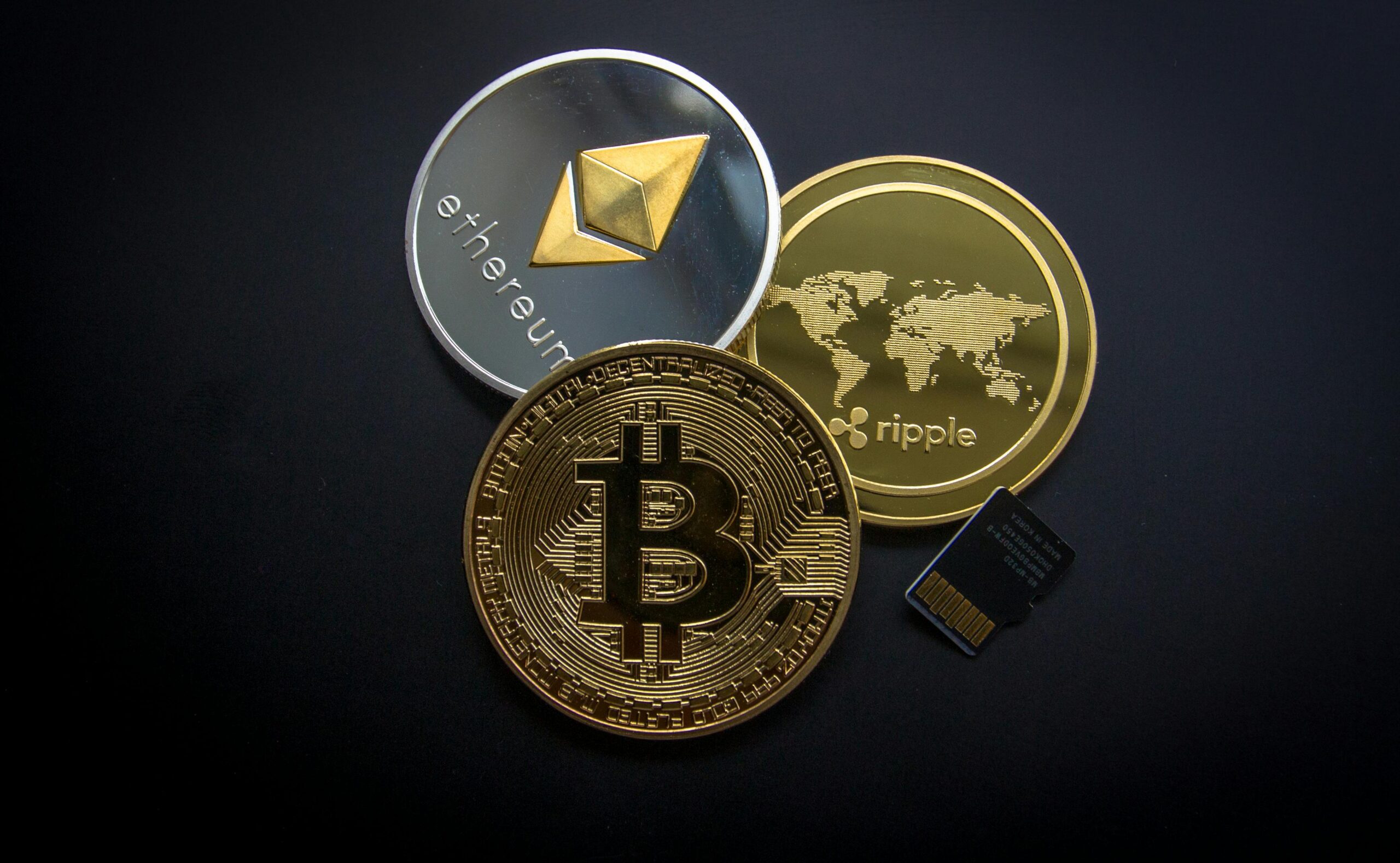Revolutionizing (HCI) Human-Computer Interaction : A Dynamic Deep Dive
Introduction Human-Computer Interaction (HCI) is a multidisciplinary field of study focusing on the design, implementation, and evaluation of interactive systems and the interactions between humans and computers. HCI integrates principles from computer science, cognitive psychology, design, and ergonomics to create systems that are both effective and user-friendly. Understanding HCI is crucial in today’s technology-driven world … Read more








